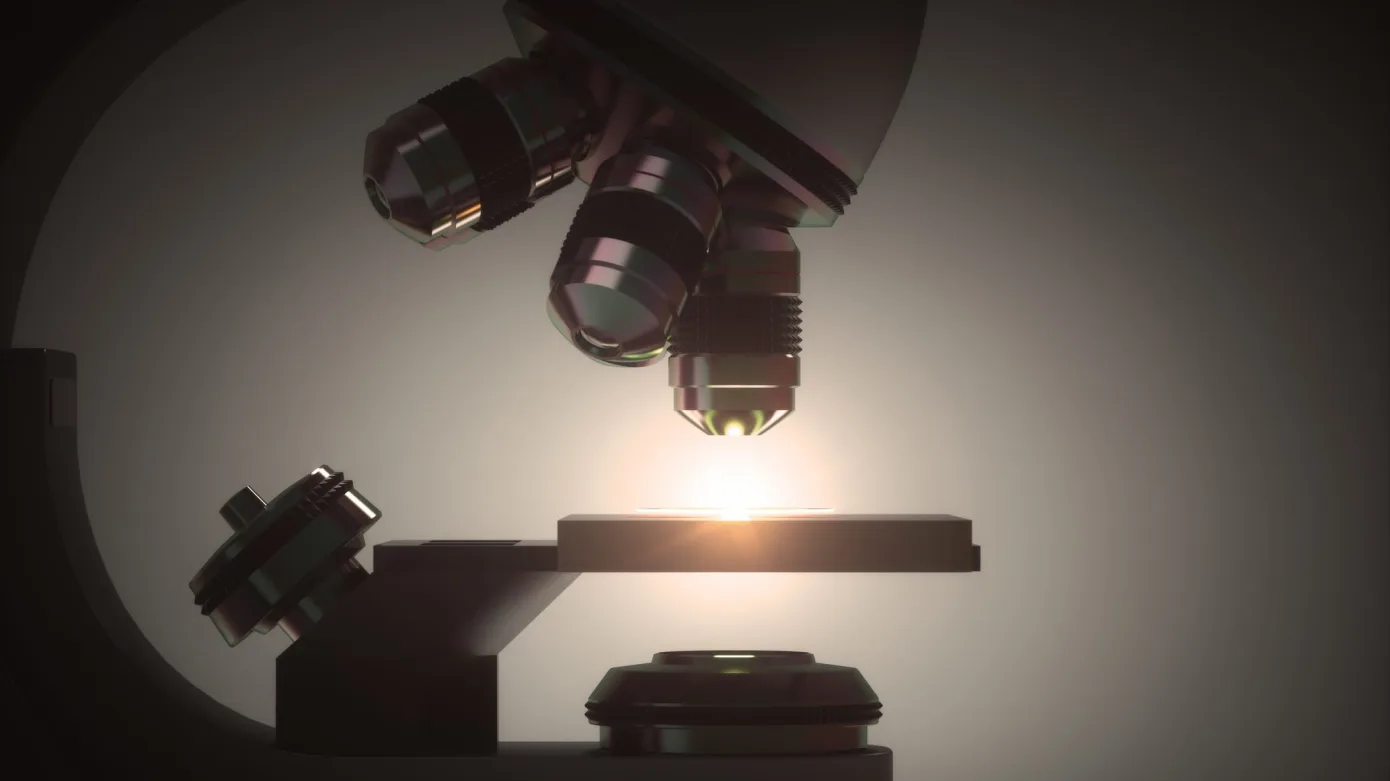TechCrunch: How WhiteLab Genomics is using AI to aid gene and cell therapy development

French biotech company WhiteLab Genomics has raised $10 million in funding for an AI platform designed to aid the discovery and development of genomic therapies.
Founded out of Paris in 2019, recent Y Combinator (YC) graduate WhiteLab Genomics provide gene and cell therapy companies with predictive software simulations to expedite the design of gene and cell therapies. Gene therapy, for the uninitiated, is an emerging treatment that involves replacing missing or defective genes in cells to correct genetic disorders, while cell therapy is about altering a cell or sets of cells to trigger an effect throughout the body.
Thousands of diseases, including cystic fibrosis, Parkinson’s, and Alzheimer’s stem from flaws in an individual’s DNA, and emerging research in gene and cell therapies may eventually treat such conditions at their source, supplanting the need for drugs or surgery.
However, such therapies are typically costly to develop with no guarantee that they’ll work. Current methodologies in developing new gene and cell therapies typically involves a trial-and-error approach, according to WhiteLab Genomics’ CEO and cofounder David Del Bourgo, whereby scientists make a scientific hypothesis and test it in a lab: if successful, it progresses to the next stage, but if it’s unsuccessful, they go back to square one with a different hypothesis. And this is where WhiteLab Genomics enters the fray, with a computational approach that meshes machine learning and deep learning techniques to process multiple scientific hypotheses at once, looking at different genetic variants “to predict the best molecular design for the therapy” based on the objectives.
“Gene and cell therapies still suffer from poor efficacy, immunological secondary effects and very high development cost,” Del Bourgo explained to TechCrunch. “We provide customers with exhaustive predictive models combining genetics and computational biology in order to design and select the top candidates to be tested in the lab.”
